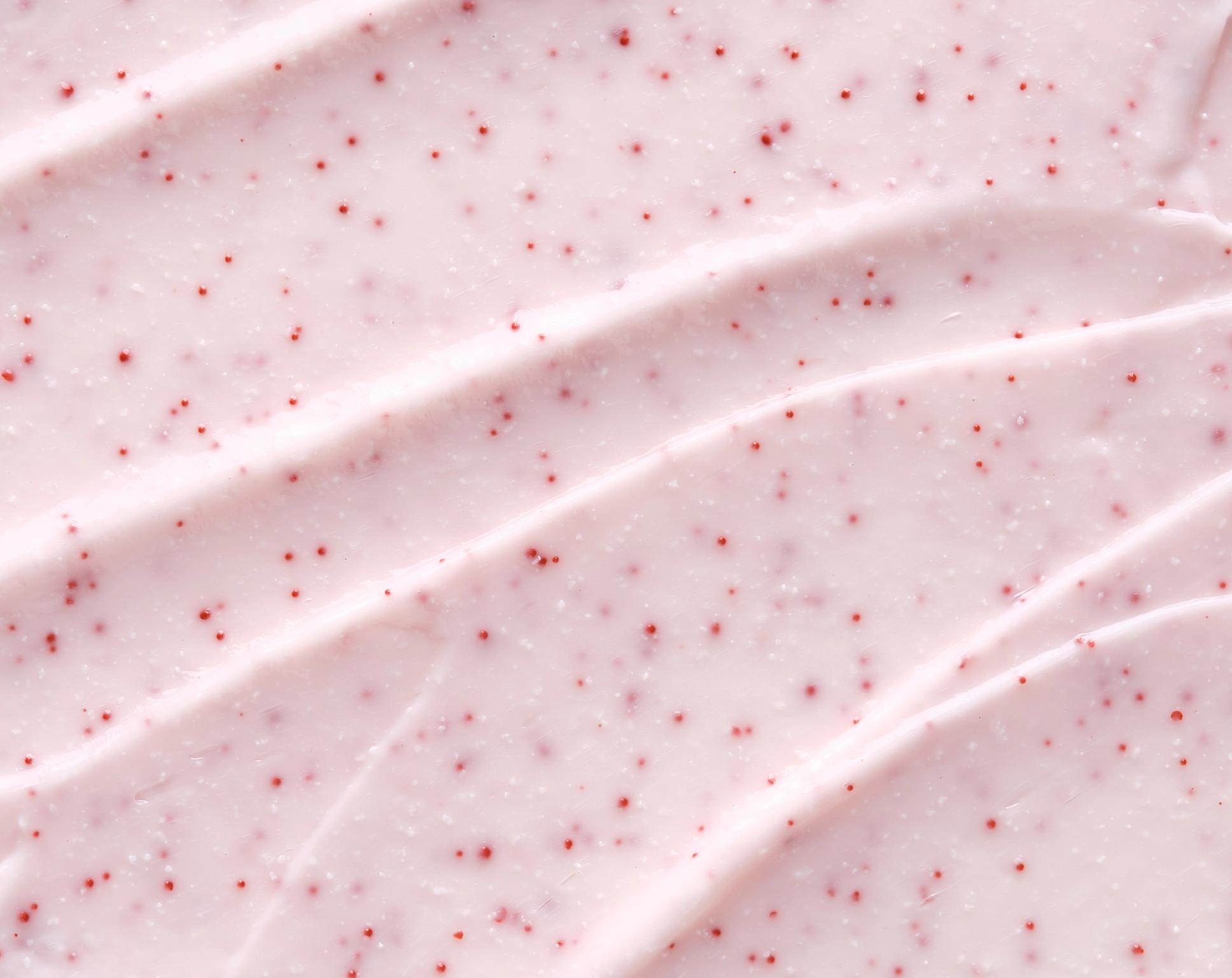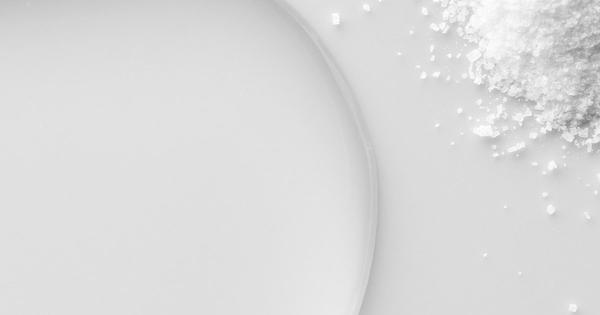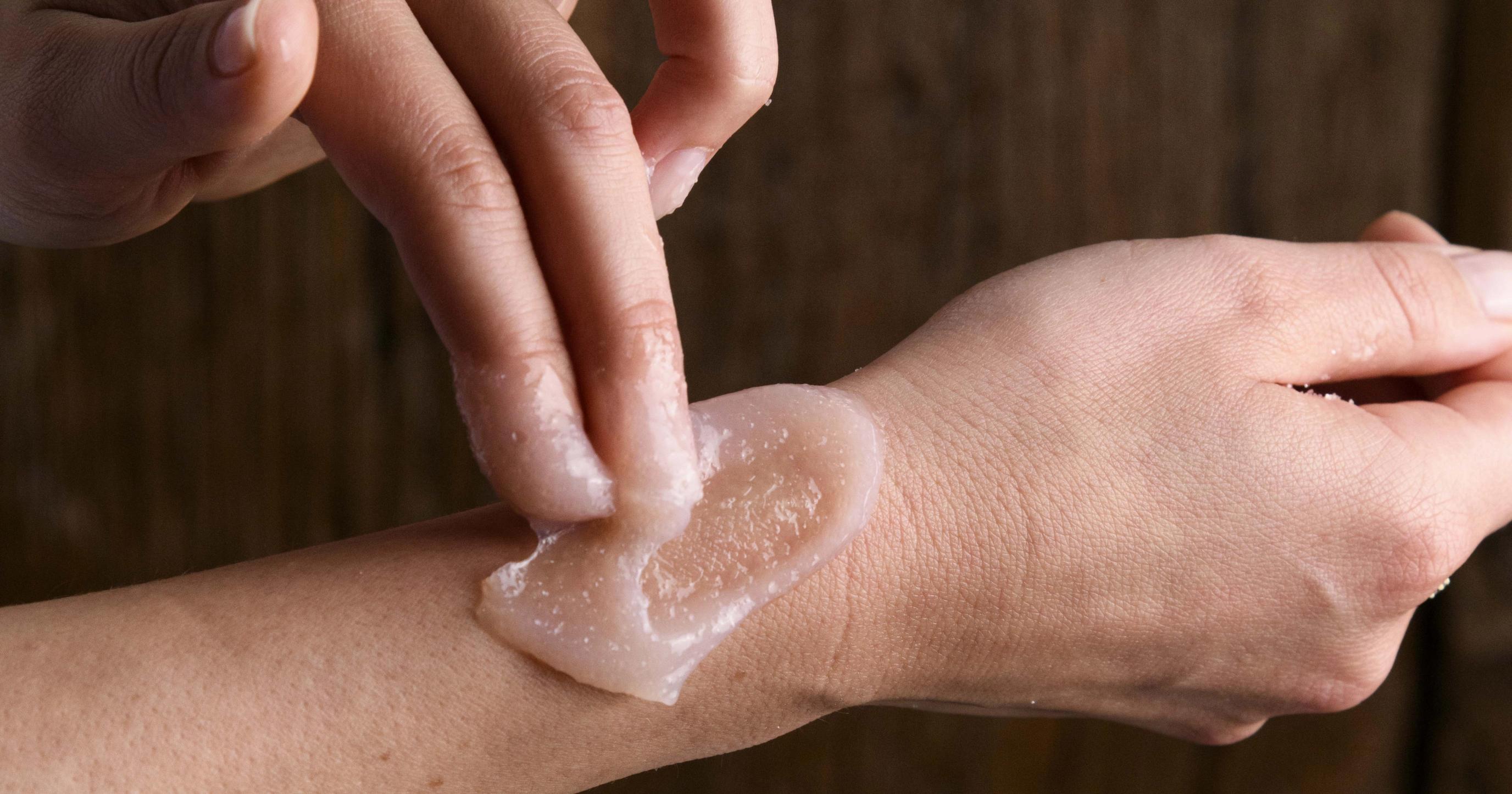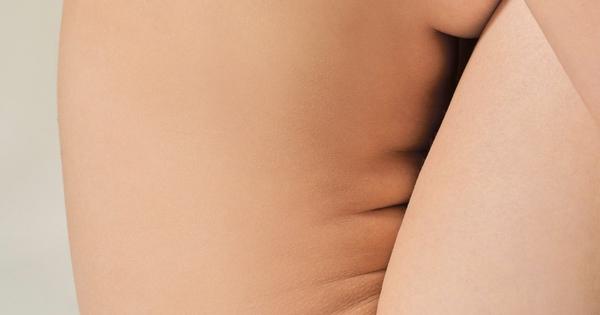SKIN REGIMEN LX ENZYME EXFOLIATOR
Exfoliating foaming powder
skin care
Maria Giulia Simonazzi | International Training Manager
10 min de lecture

While cleansing, moisturizing, and protecting your skin are crucial steps in achieving a radiant complexion, they alone may not be sufficient. That’s where exfoliation comes into play. Exfoliation is a key step in any successful skincare routine as it removes dead skin cells from the skin's surface. If you’re considering adding exfoliation into your routine, understanding the benefits of both chemical and physical methods is essential. In this blog, we will look into the benefits of both methods, exploring how they contribute to brightening and revitalizing your skin.
Chemical exfoliation is a skincare technique that has gained significant popularity in recent years, and rightfully so. In just one treatment, chemical exfoliation can promote cell turnover, revealing fresh, new skin cells that not only enhance the overall appearance of your skin but also amplify the efficacy of other skin care products. This method is considered ideal for all skin types and particularly beneficial for addressing concerns such as hyperpigmentation, fine lines, acne, and even sun damage. After chemical exfoliation, it is critical to apply a hydrating moisturizer and broad-spectrum sunscreen to protect the skin from environmental stressors and potential UV damage.
Whether you are incorporating exfoliation into your at-home skincare routine or seeking professional treatment, we advise a cautious approach. Just as neglecting to exfoliate can result in a lackluster complexion, clogged pores, and uneven skin tone, over-exfoliating can cause redness, heightened sensitivity, and peeling. We suggest opting for a gradual method to reap the full benefits.
Chemical exfoliants effectively dissolve the bonds that hold dead skin cells together which causes new and glowing skin to emerge. There are three main types of chemical exfoliants:
AHAs are water-soluble and work best for those with dry skin. They quickly break up dead skin cells, allowing them to be sloughed off the skin’s surface which results in a smoother texture and improved skin tone. AHAs are ideal for addressing skin concerns like hyperpigmentation and dull complexion and reducing the appearance of fine lines and wrinkles.
BHAs, such as salicylic acid, are oil-soluble and penetrate deeper into the pores. This makes them a go-to option for individuals dealing with acne, clogged pores, or oily skin. BHAs are often found in cleansers and spot treatments.
PHAs, like gluconolactone and lactobionic acid, are suitable for sensitive skin because they exfoliate while hydrating. PHAs are commonly found in gentle skincare products like our Essential Peeling Face Mask.

Physical exfoliation involves the use of abrasive tools or scrubs to physically remove dead skin cells from the surface of your skin. This method of exfoliation can revitalize the skin’s appearance, refine texture, reduce breakouts, remove excess oil, and promote evenness. Although physical exfoliation is an excellent option for those looking to improve the overall complexion of their skin, it is not a one-size-fits-all solution. It is crucial to begin with low concentrations of physical exfoliants to avoid irritation or damage, as harsh scrubbing may lead to redness or inflammation.
Understanding the various types of physical exfoliants is essential for selecting the right one for your skin type and concerns. The two most popular types of physical exfoliants include granular scrubs and cleansing brushes or devices.
Granular scrubs typically contain tiny particles such as sugar, salt, crushed fruit pits, or even synthetic microbeads. This exfoliant type is an excellent choice because it offers different textures—ranging from fine to coarse—to accommodate different skin types and textures. While granular scrubs effectively slough away dead skin cells, it's crucial to use them with a light touch. Gentle circular motions are key to preventing irritation, especially for individuals with sensitive or acne-prone skin.
Cleansing brushes or devices are another popular type of physical exfoliant. These handheld tools often come with soft, rotating bristles that help dislodge dead skin cells and cleanse pores effectively. Not only do these tools aid in revitalizing the skin, but they are also easy to use, help stimulate circulation, and can benefit most skin types.
Whether you opt for granular scrubs or cleansing brushes, always prioritize your skin's needs and be gentle in your approach to avoid any potential harm. Incorporate physical exfoliants into your skincare routine just two to three times a week to prevent over-exfoliation.

Each exfoliation approach presents unique benefits and considerations. Chemical exfoliation is particularly suitable for individuals with sensitive and dry skin due to its generally gentler and less abrasive nature. On the other hand, physical exfoliation, utilizing scrubs or tools, can be satisfying for those who prefer a tactile approach. However, it may not be suitable for individuals with sensitive or acne-prone skin, as it has the potential to cause micro-tears and irritation. The decision between chemical and physical exfoliation depends on your skin type, concerns, and personal preferences.
The solution to vibrant, healthy skin often comes down to creating a solid skincare routine. By exfoliating your skin two to three times a week, you can enhance its texture, appearance, and overall health. We recommend establishing a consistent exfoliation schedule that aligns with your skin's needs, being sure to include cleansing, moisturizing, and sunscreen protection. To get you started, you can consider any of the following Comfort Zone products.
If you need support in building an exfoliation routine, consider connecting with a dermatologist. These professionals can help you create a customized approach. You can use the Comfort Zone spa locator to find a spa near you that uses our products and shares our values.
Understanding the differences between chemical and physical exfoliation is crucial for any successful skincare routine. Chemical exfoliation uses acids or enzymes to dissolve dead skin cells, whereas physical exfoliation utilizes granular substances or tools to manually remove debris from the skin's surface. Although both have their benefits, it’s important to consider your skin type to guide your choice of method. As you customize your skincare regimen, we invite you to explore our most-loved chemical and physical exfoliants.

Exfoliating foaming powder
Delicate enzymatic mask
Double action scrub
Illuminating refining scrub
Exfoliating lotion